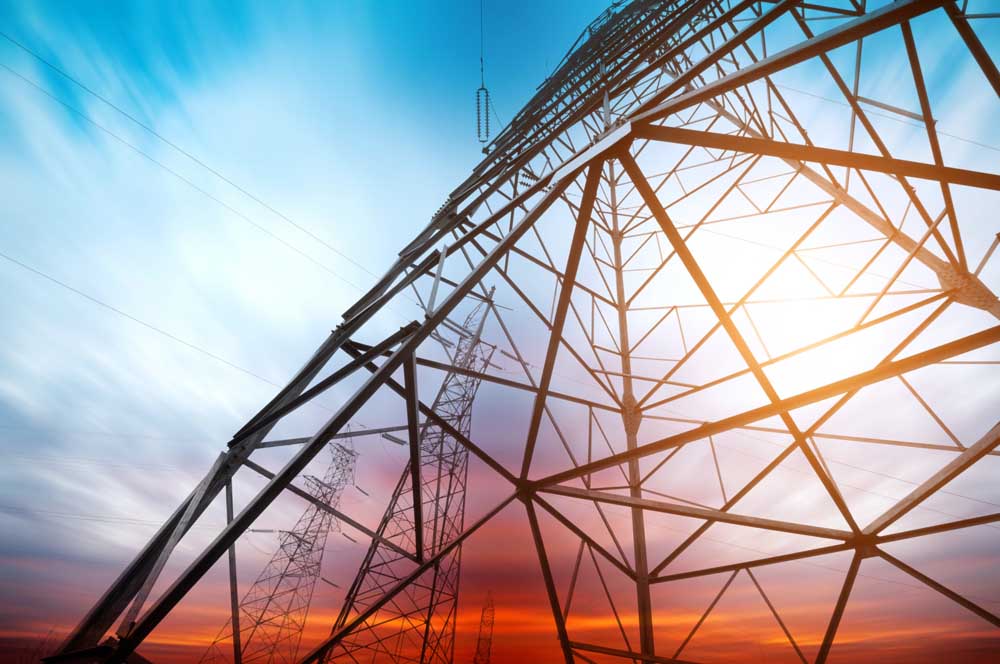Commentary: An electric way to rebrand climate action
Published 9:00 pm Wednesday, December 11, 2024

- Power
President-elect Donald Trump’s victory understandably looms large over the future of U.S. climate policy. Equally important, however, is the flip side: Vice President Kamala Harris’ defeat. How Democrats internalize this matters a great deal given they constitute the de facto party of climate action.
One starting point is that this wasn’t a climate election: It ranked last out of 10 issues for which Pew Research Center polled voters ahead of time. It was also the most divisive, with a 51-percentage-point red-blue gap. While a solid majority of Democratic voters cite climate change as very important, however, that has shrunk compared with 2020. Notably, Monmouth University polling earlier this year indicated a pronounced drop in concern about climate change among Democrats, identifying a shift in 2022. This coincides with the passage of President Joe Biden’s signature green legislation, the Inflation Reduction Act, but also the post-pandemic jump in inflation, including peak pump prices. Little wonder that Harris, courting swing voters, downplayed climate change and warmed up to fracking.
For the cause of addressing climate change, apathy plus division is not good. For climate change politics, however, it is more helpful. Even if climate change didn’t win the election for Democrats, it didn’t lose it for them either. Plus, it remains a clear differentiator versus Republicans in a tightly divided country (Trump won the popular vote by less than 1.5 percentage points). Rather than Democrats rejecting climate change as an issue — an absurd political proposition after declaring it existential — they must recalibrate it in a way that broadens support for action beyond their own ranks. A renewal of the U.S. power grid, with the objective of driving new industries such as artificial intelligence and reviving old ones, offers an organizing principle that sells green energy as an enabler rather than an end in itself.
Advocating for action on climate change carries an inherent vulnerability: Impacts play out unevenly over decades, in marked contrast to the immediacy of election cycles. We are required to make an upfront investment in exchange for benefits that will accrue largely to the as-yet unborn. In the current U.S. political environment, opponents can easily paint climate policy as alarmist, inflationary or controlling.
The myriad paths to net-zero all run through mass electrification. Electrical energy is more efficient than thermal energy and, crucially, the grid can be decarbonized over time. Emphasizing electricity-enabled jobs and/or investment, rather than just green energy jobs in and of themselves, would represent a subtle but meaningful reframing of climate policy as the path to efficient, cheaper — and sustainable — energy, and the economic possibilities flowing from that.
Even if Republicans repeal or tweak parts of the IRA — an objective complicated by its benefits in red districts — the realties of falling cleantech costs and renewable energy projects often being the cheapest and quickest type to build cannot be ignored by economic actors. Trump’s election bends projections for solar and wind-power deployment lower but not to zero. Democrats can use that to talk about cheaper energy options, made in the U.S., to power new industries — not dissimilar to what shale gas proponents have touted for years. A climate platform centered on investment in the grid writ large, rather than playing up efforts to block investment in fossil fuels, neuters the argument that green policy is an economy killer.
The GOP’s support for nuclear power, for all its challenges, as well as carbon border tariffs, which scratch a bipartisan anti-China itch, also offer areas of potential useful cooperation over the next two years. The same goes for critical minerals development. At the sub-national level, Democrats can usefully target reform of electricity pricing in order to encourage electrification, reducing costs for consumers and thereby bolstering the argument for the grid as an enabler of sustainable growth — and California is ground zero for this.








